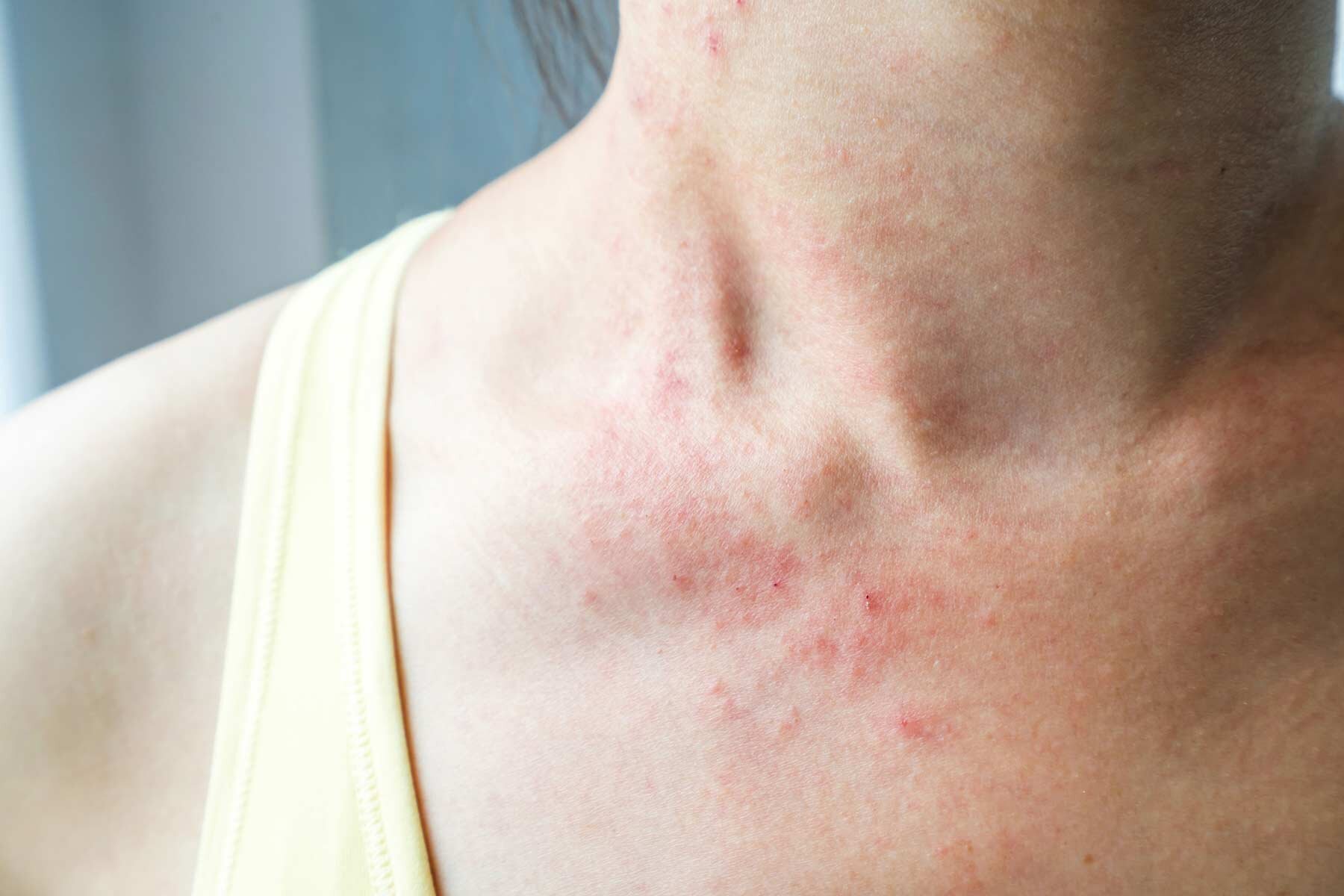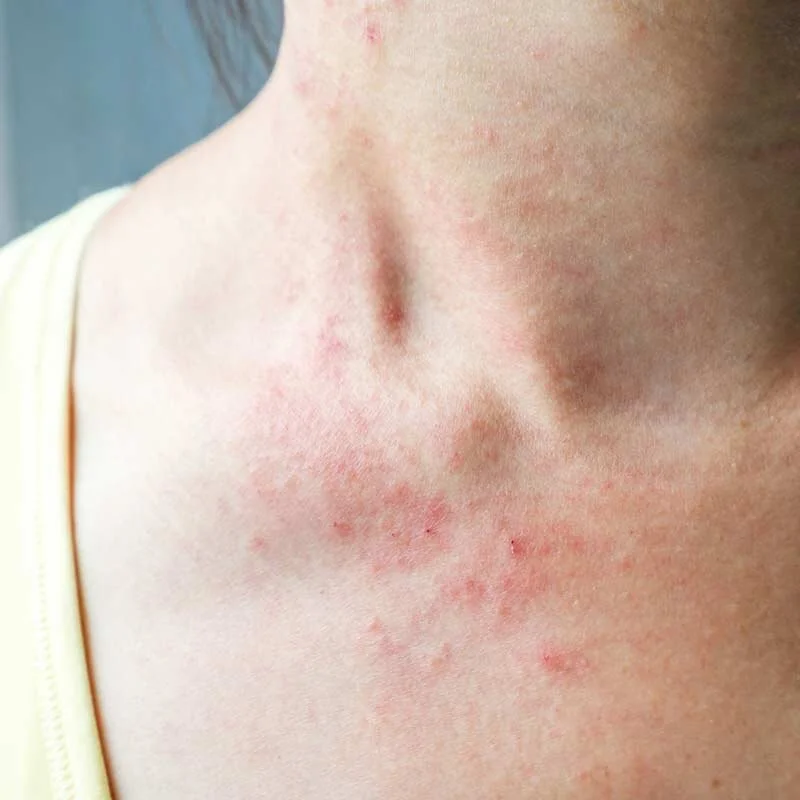
Allergic Contact Dermatitis
Allergic contact dermatitis is a type of skin rash that occurs as a result of an allergic reaction to a substance that comes into contact with the skin. It is a type of inflammatory skin reaction that is triggered by the immune system and is characterized by redness, itching, and swelling of the affected skin. Allergic contact dermatitis can occur on any part of the body, but it is most commonly found on the hands, feet, and face.
Allergic contact dermatitis is caused by exposure to an allergen, which is a substance that triggers an allergic reaction. Common allergens that can cause allergic contact dermatitis include:
Nickel: found in jewelry, watches, and other metal objects
Rubber: found in rubber gloves, shoes, and other rubber products
Cosmetics: found in makeup, lotions, and other beauty products
Plants: found in poison ivy, oak, and sumac, as well as other plants
Medications: found in topical creams, ointments, and other medications
Symptoms of allergic contact dermatitis may include red, itchy, and swollen skin, as well as blistering and scaling of the affected area. The rash may appear within hours or days of exposure to the allergen, and it may last for several days or weeks. In some cases, allergic contact dermatitis may cause no symptoms at all.
Treatment for allergic contact dermatitis typically involves avoiding contact with the allergen, as well as managing the symptoms of the rash. This may include the use of over-the-counter or prescription medications, such as antihistamines, corticosteroids, or topical creams or ointments. In some cases, a healthcare provider may recommend a patch test to help determine the cause of the allergic reaction.
In addition to treatment, there are several steps you can take to help reduce your risk of developing allergic contact dermatitis:
Avoid exposure to known allergens
Wear protective clothing, such as gloves, when working with potentially allergenic substances
Use hypoallergenic products to minimize the risk of allergic reactions
Perform a patch test before using a new product to check for any potential allergic reactions
By following these precautions and seeking treatment as needed, you can help to manage allergic contact dermatitis and reduce your risk of developing this type of skin condition. If you are concerned about allergic contact dermatitis or have any other changes in your skin, it is important to see a dermatology provider for evaluation and treatment.

